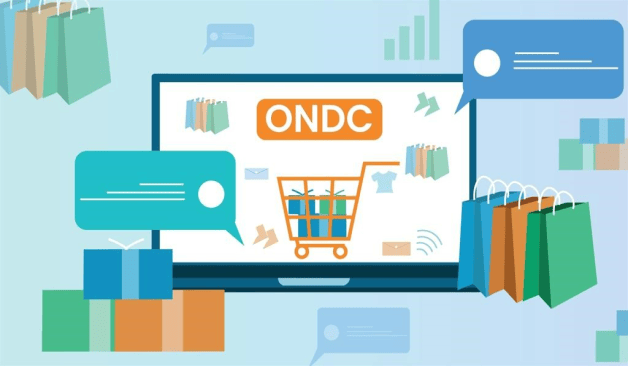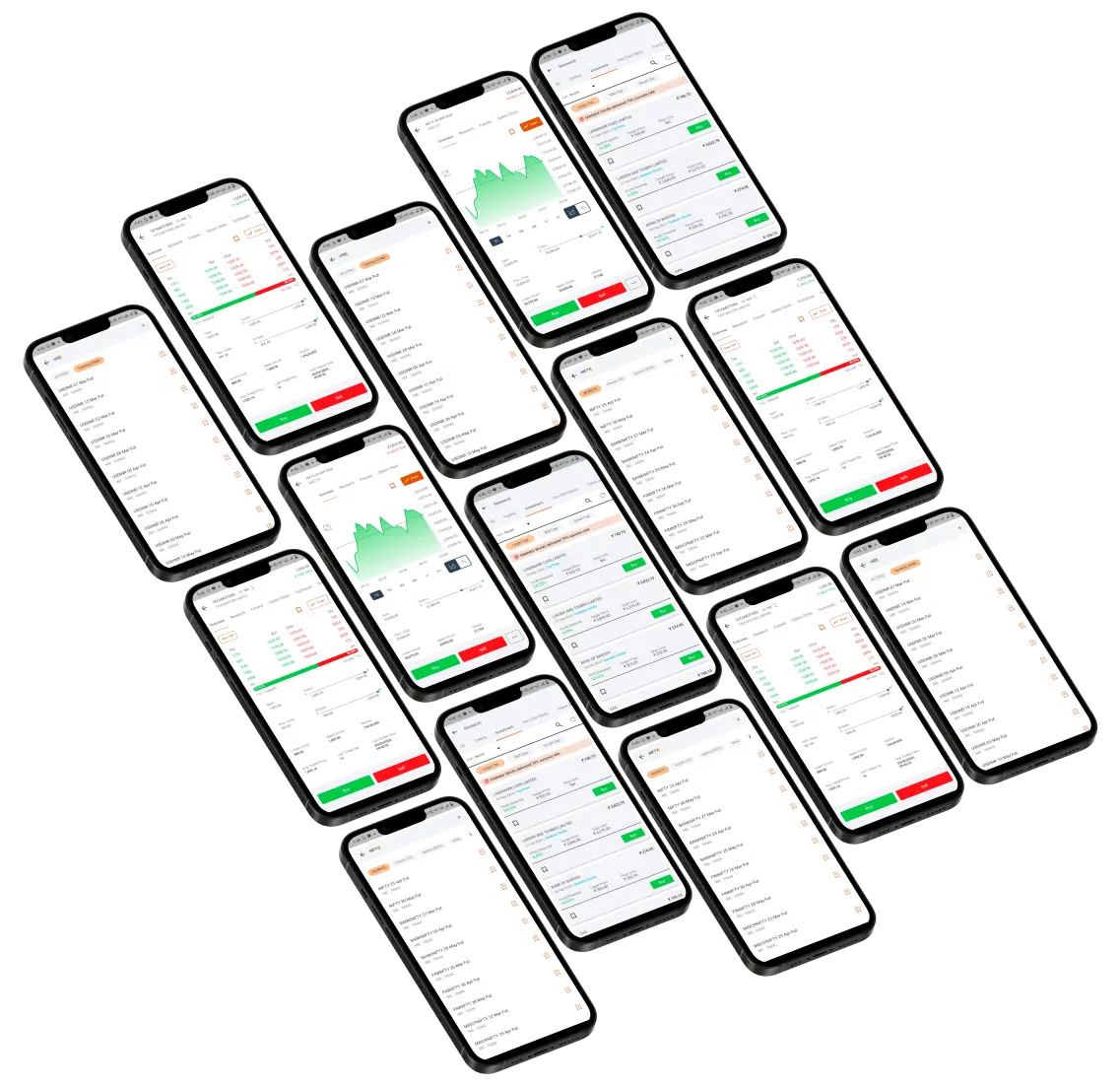
ONDC and its impact on Swiggy and Zomato
One of the most talked about topics this month is ONDC. Many people are labeling it the next big thing in India, while others have questions around its scalability and adaptability.
Before picking a stock, you need to study everything about the company. Based on the outcome of your analysis, you decide what to do - you don't invest in a company because everything is doing it. Today, we will understand ONDC in great detail and see how it will impact on the food delivery industry- especially Zomato and Swiggy, if at all it will.
The backstory - need for ONDC platform
As mobile and internet penetration has reached even the remotest places in India, entrepreneurs probably understand that everything will go digital now. In recent years, many companies have created apps or platforms to onboard regional stores and help local shops reach more customers via their apps.
Assume you live in a small town in Uttar Pradesh and need Dal for your kitchen. Instead of going out in the scorching heat, you may prefer to order online. Needless to say, this business model works - Zomato, Swiggy, and Zepto are examples of it.
The problem with this local business is scalability and how to make everyone download their app. But what if they can put their business on existing apps that most Indians are already using?
But why would those apps host these local businesses? Also, who will facilitate the creation of such technology - to help local players get on apps like Paytm? No point for guessing - the solution to the problem is ONDC. Continue reading to find answers to the other questions raised above.
What is ONDC?
Open Network for Digital Commerce (ONDC) is a network that anyone and everyone can use. We want to clarify one thing before moving forward. It is not an app - you will not find anything if you go and search ONDC on PlayStore or AppStore.
One of the best examples that can be used to explain ONDC is UPI. Assume you are starting your online business. To accept online payments, you don't go and visit every bank and tie up with them. You only need to put the existing UPI network on your app/web and are ready to take payments from any bank. ONDC is something similar - it will connect businesses (could be a Kirana store or a restaurant) with end buyers through third-party apps.
The UPI was created by the National Payments Corporation of India (NPCI), which was established by the IBA and RBI. However, ONDC is developed by a private company (but registered as a non-profit). They have raised Rs 180 crore from investors like NSDL, SBI, HDFC Bank, BSE, etc - some big names, right?
How does ONDC work?
There are three participants in the ONDC order journey:
- Seller apps: These are apps or companies whose job is to onboard local businesses (including restaurants) on their platform. With hundreds or thousands of businesses on them, these companies have the option to join the ONDC network.
- The Buyer apps: The problem with seller apps is that they don't have end customers on their apps, and reaching them is a different call game. Apps like Paytm and Meesho already have millions of customers on their platforms - they may want to offer more to their existing customers - so they have the option to join the ONDC network.
- End customers: Once the buyer app joins the ONDC network, it allows end users to shop from all the stores listed under the seller app.
Elephant in the room: Who is going to deliver the order?
When we order food from Zomato or make a purchase on Amazon, we know these platforms will take care of the delivery. However, in the ONDC setup, who owns the delivery?
Well, there are two options. First, the restaurant or the Kirana store can offer customers their delivery executive and take a delivery charge. Second, if businesses don't want to get into deliveries, customers can opt for companies like Dunzo to get items delivered to their doorstep.
How do different participants benefit?
Every business that generates revenue from ONDC needs to pay a commission. As per the news reports, the commission is between 5 to 10%, much lower than what restaurants are paying Zomato and Swiggy, and what local businesses are paying Amazon and Flipkart.
A significant percentage of the commission is divided between the two players - the seller app and the buyer app. A percent also goes to the ONDC (the company). Companies like Dunzo also benefit from the journey, as customers pay them directly for delivery.
How will ONDC impact Zomato and Swiggy?
Images showing how McDonald's burger is much cheaper on the ONDC platform compared to Zomato and Swiggy is going viral. If the prices continue to be lower, will it impact Zomato and Swiggy? To find an answer to this question, we first need to understand how the food is cheaper on ONDC.
There is no magic. The food items are cheaper on ONDC because of discounts. The CEO of ONDC has said that the company is offering discounts. Also, the company is looking to spend around Rs 2-3 crore every month (post-budget approvals). They will cap the discount at Rs 50 per transaction, and the discounts will be capped at 2,000 transactions per day.
At present, the number of transactions is low, most customers may be getting the discounts, but as the transaction count increases, only the lucky ones (first 2000) will get the discount.
Yes, there is a difference in the commission structure, but the delivery charges are much higher when you order via the ONDC platform compared to other platforms.
Another essential parameter to look at is the customer experience. When your food is not delivered on time, or there is some other issue related to your order, you have a number to reach and raise a complaint. However, in the ONDC setup, no one is taking ownership of delivery (at present). There is no customer support or customer experience.
To sum up
ONDC, without a second thought, is a great platform that has the potential to disrupt the space. However, it is too early to conclude that it will hamper the businesses of existing players like Zomato and Swiggy. How the discounts play out, and once more transactions happen via the platform regularly, we will know about the loopholes and customers' problems. Keep yourself updated on all the developments around ONDC - no one wants to miss an opportunity to have lunch at a lower price.










